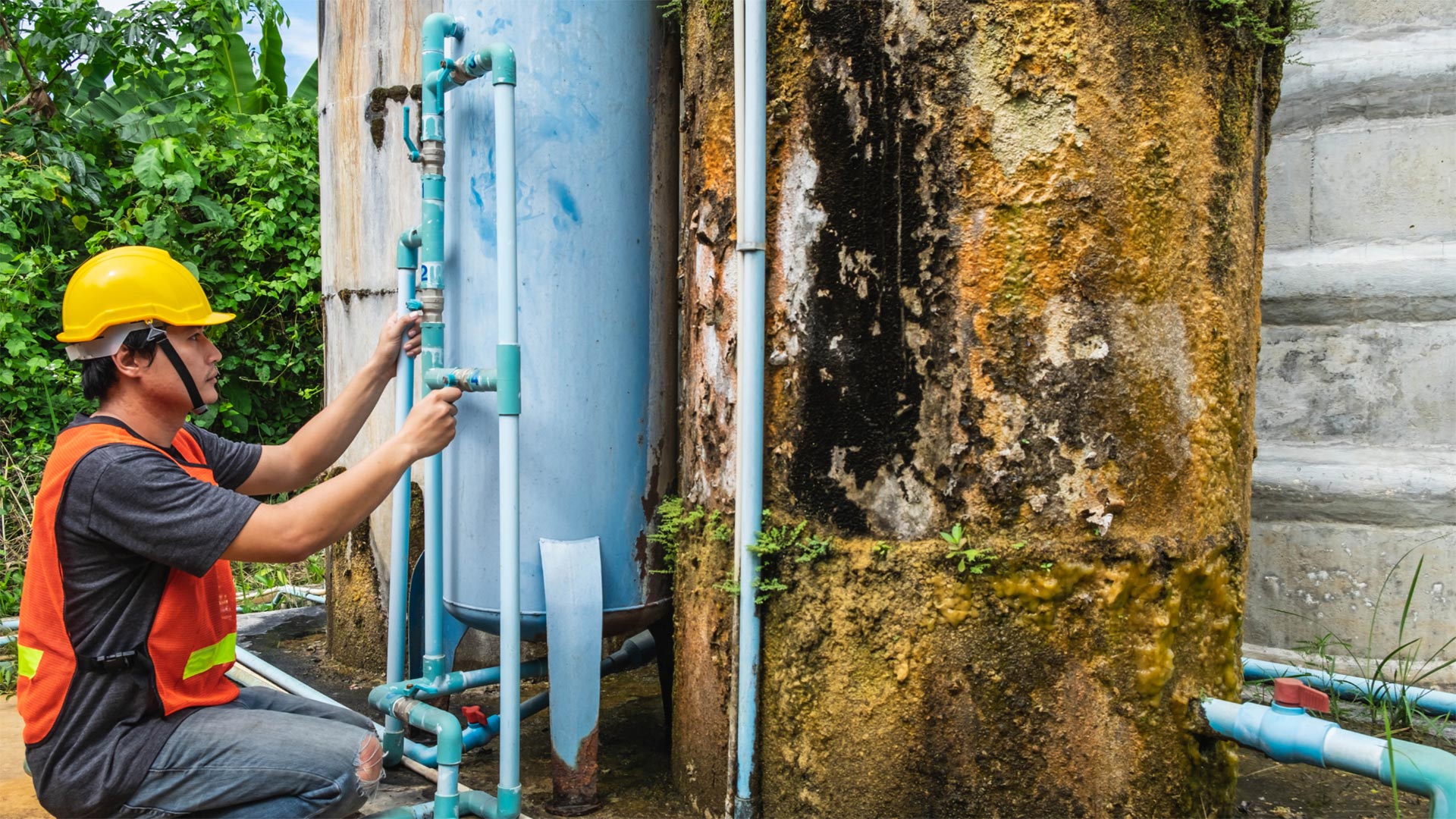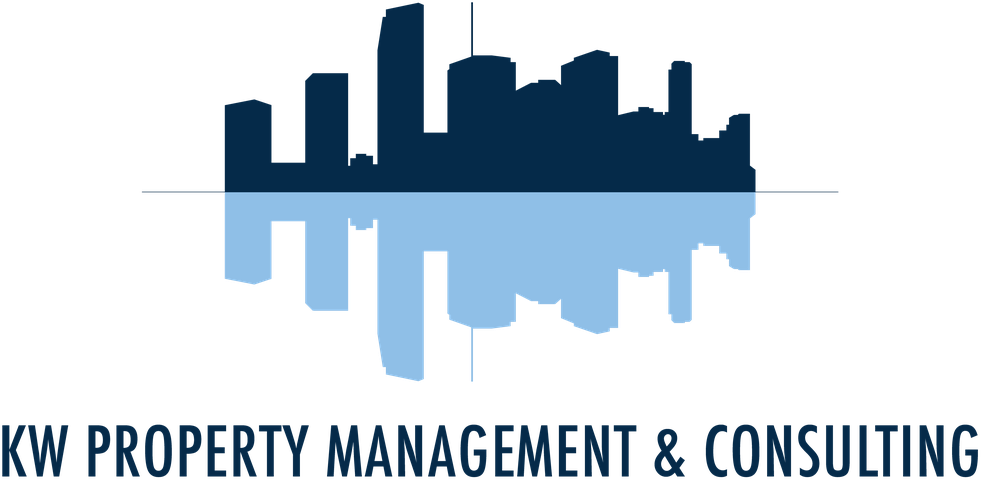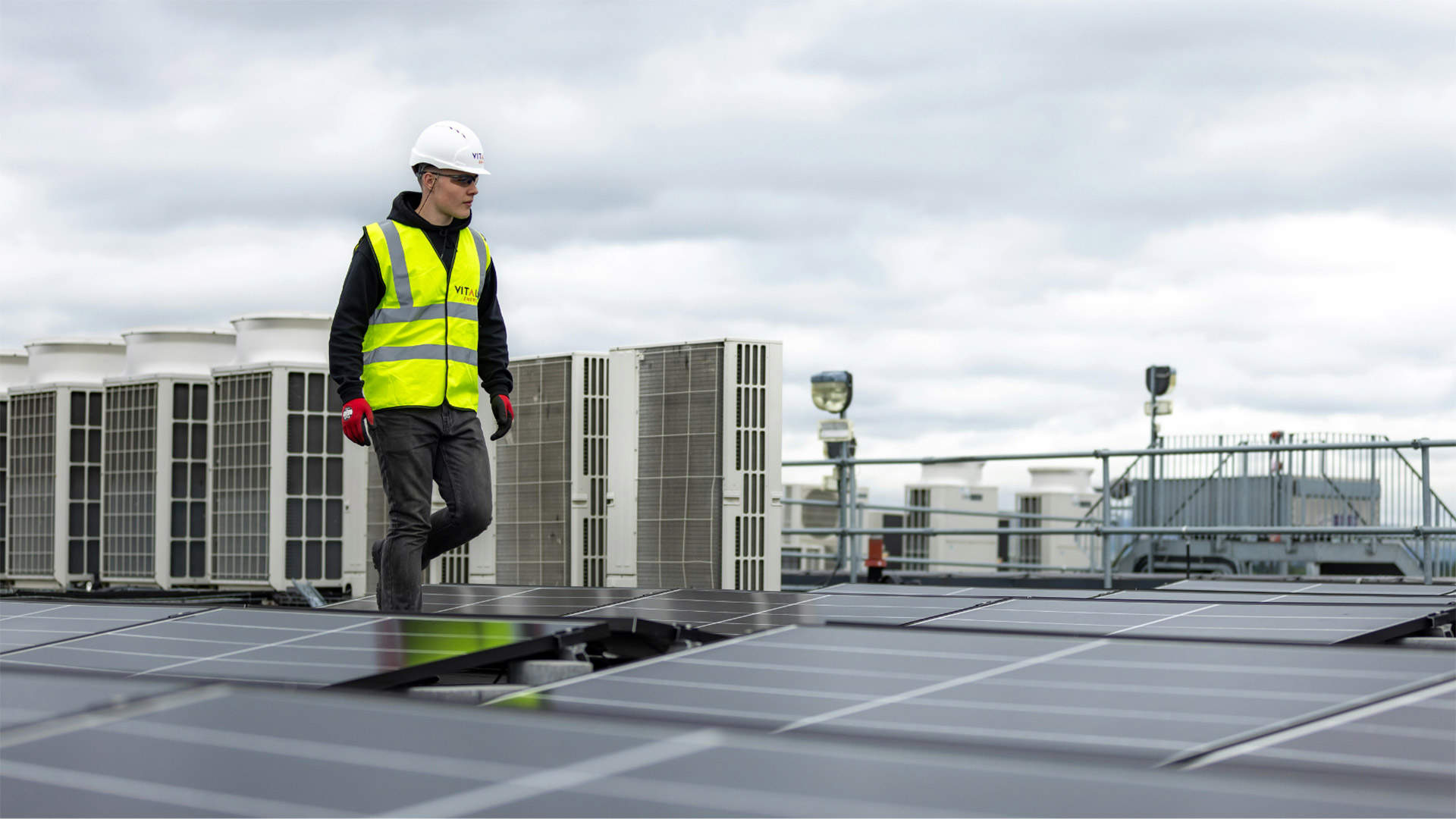
Introduction: Why Preventative Maintenance in Florida Can’t Be Ignored
In Florida’s hot, humid, and hurricane-prone environment, preventative maintenance in Florida isn’t just the best practice it’s a critical function for community associations. Condominium and homeowners’ associations (HOAs) must proactively care for their buildings, common areas, and infrastructure to avoid costly surprises and legal headaches.
Delaying maintenance might seem like a cost-saving strategy but in Florida, neglect quickly leads to damage. From salt air erosion to mold growth and roof deterioration, the Sunshine State’s conditions are harsh. That’s why more associations are asking, what are preventative maintenance inspections and how can they help us stay ahead?
This guide walks through the essential components of a successful preventative maintenance program tailored to Florida, including practical strategies, legal compliance tips, and key reasons why it’s one of the smartest investments a board can make.
Key Takeaways: What Every Florida Association Needs to Know
- Preventative maintenance is proactive, not reactive: It’s about early detection, not emergency repairs.
- Florida’s climate accelerates asset degradation: Heat, humidity, salt, and storms shorten the lifespan of structures and systems.
- State laws now demand compliance: Associations are legally required to inspect and fund reserves for long-term maintenance.
- Deferred maintenance equals higher risk: Unchecked issues can lead to legal liability, loss of property value, and resident dissatisfaction.
- Preventative maintenance boosts financial stability: Planned maintenance protects your reserve funds and lowers operating costs.
- Documentation is critical: Keeping detailed records can protect your board from liability and support better decision-making.
- Communication enhances cooperation: Keeping residents informed builds transparency and trust.
Actionable Insights for Building Your Maintenance Program
- Create a Custom Inspection Schedule
Build a calendar around Florida’s environmental stressors:- Quarterly: Inspect HVAC, drainage, pools, and elevators.
- Bi-annually: Pressure clean exteriors, check roofing, and re-seal windows.
- Annually: Perform structural, electrical, and plumbing assessments.
Document each inspection thoroughly and use checklists to ensure consistency.
- Keep Thorough Records
Every inspection or repair should be logged with:- Dates
- Photos and notes
- Vendor credentials
- Next scheduled action
These logs are not just operational—they’re vital if you’re ever audited or face litigation.
- Use Qualified, Licensed Vendors
Working with professionals ensures code compliance and quality workmanship. Always verify:- Licenses and insurance
- Experience with Florida-specific materials and systems
- References from other associations
- Align with Your Reserve Study
Preventative maintenance and reserve planning go hand in hand. Use your reserve study to:- Identify projected replacement dates
- Schedule interim maintenance before failure occurs
- Allocate funds over time to avoid surprise assessments
Expert-Driven Best Practices (From the Field)
These best practices come from decades of experience working with Florida HOAs:
- Bundle services when possible: Scheduling multiple inspections or services at once can reduce vendor costs.
- Plan around hurricane season: Complete roof inspections and gutter cleaning before storm season starts.
- Embrace digital tools: Use software to track maintenance schedules, vendor contact info, and service records.
Common Questions Associations Have About Maintenance
Q1:What are preventative maintenance inspections?
A:These are proactive checks on systems like plumbing, electrical, and roofing to catch early signs of failure. In Florida, these inspections are especially important due to accelerated wear from moisture and salt air.
Q2:How often should our community be inspecting major systems?
A:At minimum, annually for roofing, HVAC, and structural components. Pools, irrigation, and elevators may require quarterly or bi-annual inspections.
Q3:Why is Florida’s climate such a challenge?
A:Constant humidity, intense UV rays, and coastal exposure cause faster corrosion, rot, mold growth, and paint degradation.
Q4:Is there a legal requirement to do preventative maintenance?
A:Yes. Recent updates to Florida law require milestone structural inspections for older buildings and stricter reserve funding standards.
Q5:What’s the difference between preventative and corrective maintenance?
A:Preventative maintenance happens on a schedule to prevent failure. Corrective maintenance occurs after a breakdown—usually at a higher cost and stress level.
Challenges Florida Associations Face—And How to Overcome Them
⚠️ Challenge: Aging Buildings Without a Maintenance Plan
Solution: Conduct a full property assessment and use that data to create a baseline plan. Prioritize critical systems first (roof, electrical, plumbing).
⚠️ Challenge: Budget Constraints
Solution: Break up large projects into phases. Use reserve funds smartly and communicate with residents early to avoid backlash over special assessments.
⚠️ Challenge: Unqualified Vendors
Solution: Develop a vendor vetting process. Don’t rely on lowest bids—quality and compliance should come first.
⚠️ Challenge: Lack of Resident Awareness
Solution: Hold regular update meetings, use newsletters, and post notices for upcoming work. Educated residents are more cooperative and understanding.
Final Thoughts: Protecting Your Property, Budget, and Peace of Mind
Preventative maintenance is not an expense—it’s an investment. For Florida associations, it safeguards the three things your community values most:
- Safety: Avoiding hazards like structural damage or system failures.
- Comfort: Ensuring amenities and systems function year-round.
- Finances: Reducing surprise costs, insurance issues, and liability risks.
By staying ahead of issues, complying with updated Florida laws, and protecting your physical and financial assets, associations can deliver a more stable, livable, and valuable community experience.
FAQs
- What are preventative maintenance inspections in Florida?
They’re scheduled evaluations of critical systems and structures to catch early issues before they become emergencies. - Why is preventative maintenance important for associations?
It preserves property values, ensures legal compliance, and reduces costly emergency repairs. - How often should maintenance be performed?
Depending on the component, from quarterly to annually. More frequent checks are required in coastal areas. - Can we use in-house staff instead of vendors?
In-house staff can do routine tasks, but licensed vendors are essential for major systems (e.g., elevators, fire systems). - What does a good maintenance plan include?
A schedule, documentation process, assigned responsibilities, and integration with your reserve study. - Is preventative maintenance legally required?
Yes. Florida has updated its laws to require structural inspections and responsible reserve planning.
Ready to Start? Here’s Your Next Step
If your association doesn’t have a formal preventative maintenance plan in place—or if yours needs an update—it’s time to act. Preventative maintenance in Florida is no longer optional. It’s a strategic requirement that protects your community from the unexpected.

